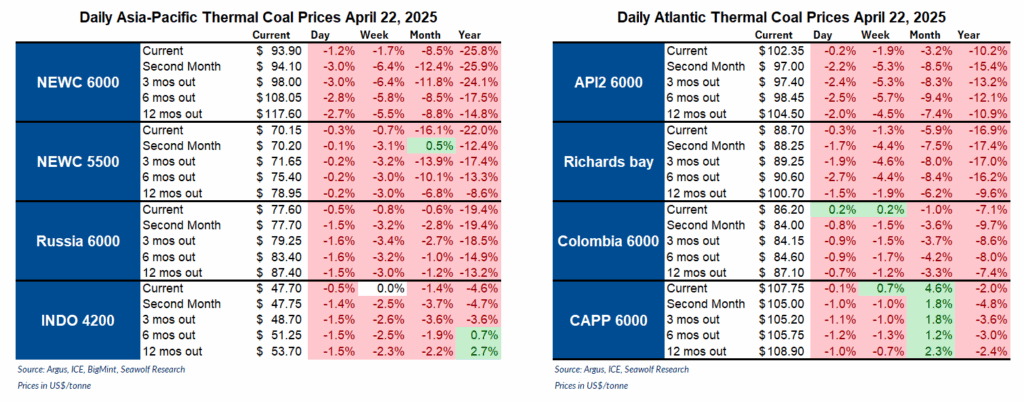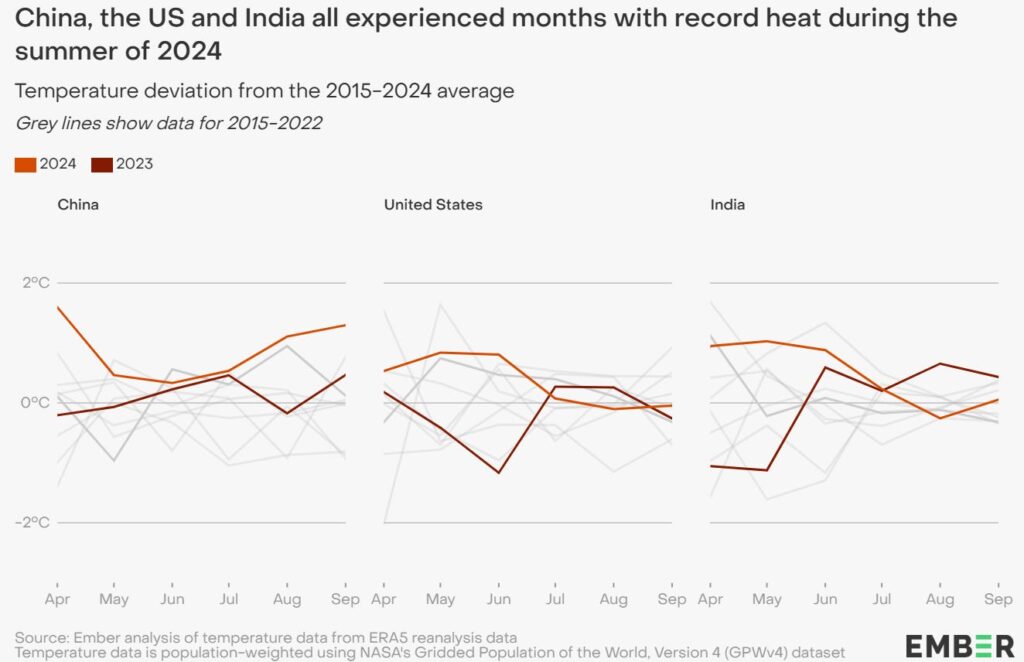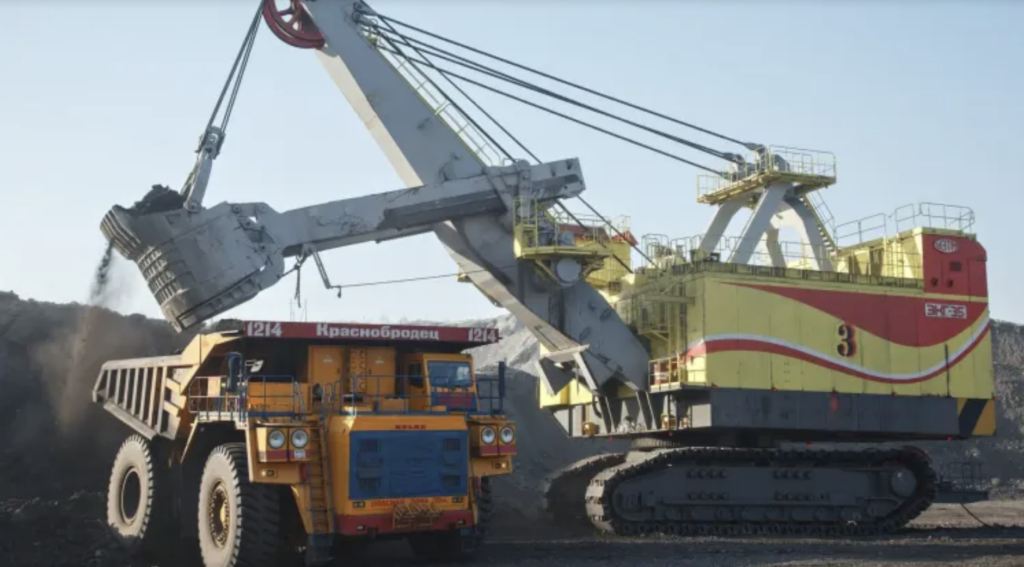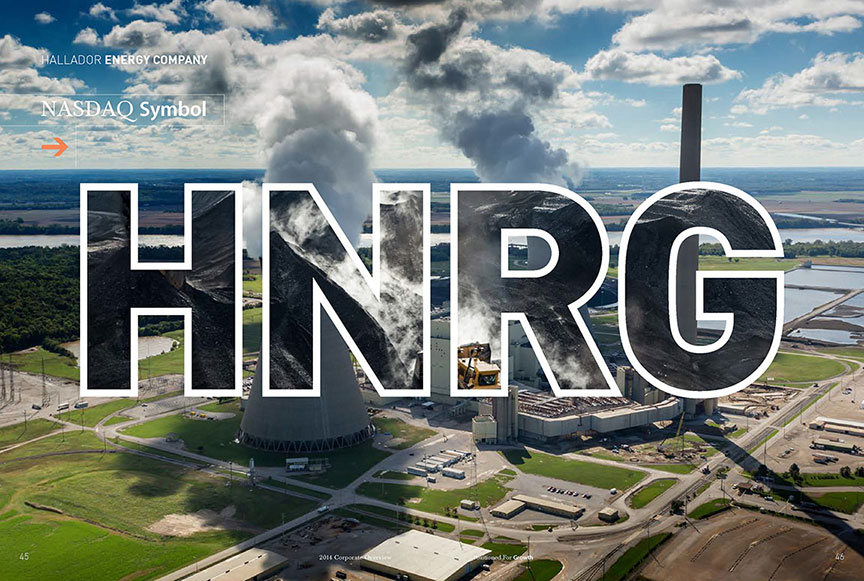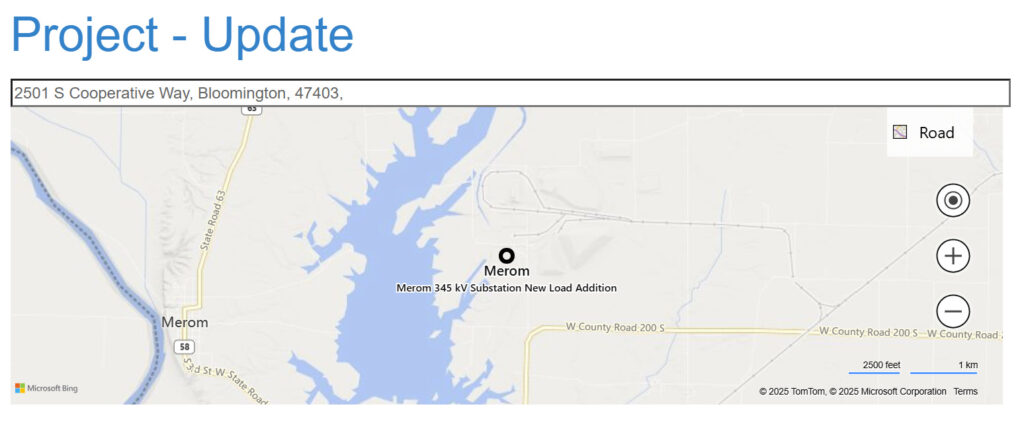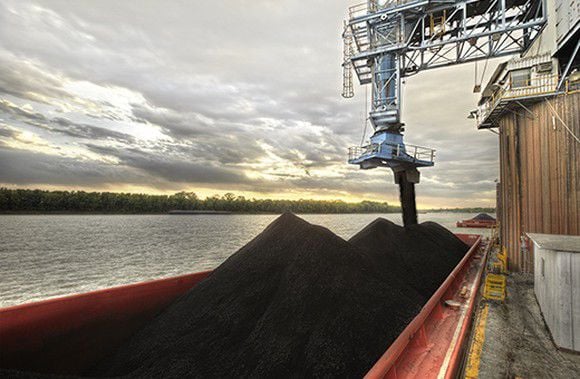European thermal coal imports looked set to reach an eight-month high in December as generators stock up in case of winter demand spikes, preliminary estimates showed on Wednesday.
European countries – excluding Turkey and Russia – were on track to import 3.1m tonnes in total this month, a rise of around 0.4m tonnes from November and the highest since April, according to provisional data from consultancy Kpler.
The Netherlands, with large import hubs at Rotterdam and Amsterdam, would import 1.6m tonnes, which would be 0.2m tonnes higher on the month. Spain would be the second-largest importer, taking around 0.42m tonnes, followed by Germany with almost 0.3m tonnes.
“Unusually mild November weather in Europe gave way to an early-December cold snap, boosting thermal coal demand,” Alexis Ellender, lead major dry bulk analyst at Kpler, told Montel.
“A drawdown in port stocks in northern Europe opened up opportunity for fresh arrivals and lower thermal coal prices in November may have encouraged some opportunistic buying,” he said.
In Amsterdam, Rotterdam and Antwerp, or ARA, coal stocks were pegged this week at around a three-week low of 5.6m tonnes, according to Montel estimates. But this was still above the five-year average of 5.5m tonnes, despite widespread coal-fired plant closures over this period.
Well-supplied market
“The market is still pretty well supplied – I don’t see any shortages,” said a coal trader with a German utility.
“Gas is [also] very well supplied, which puts pressure on the coal price,” he said.
As such, the API 2 front-month coal contract – which reflects coal for delivery in northwest Europe – has averaged USD 115/t in the month to date, down from USD 117/t in the same period last month, on Ice Futures. Yet a trader with a Switzerland-based coal trading house was more cautious in his outlook, pointing to possible wildcards this winter.
“Once it gets cold, we could see prices up by another USD 10/t,” he said, adding a more pronounced bearish trend would only become established in January, once the first weeks of winter had passed.
Despite the monthly increase, the December import estimate was still 56% lower from a year ago, the Kpler forecasts showed.
“The demand outlook is softer with European weather becoming milder and gas stocks remaining exceptionally high, limiting scope for coal demand,” Ellender said.
Last winter, European buyers were still concerned about possible supply shortfalls in the wake of sanctions placed on Russian exports since August 2022 in response to the war in Ukraine.

